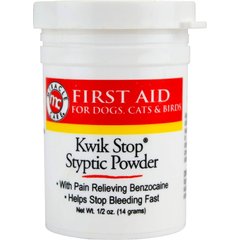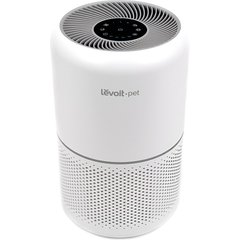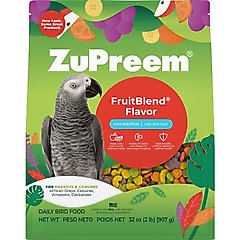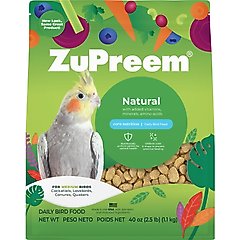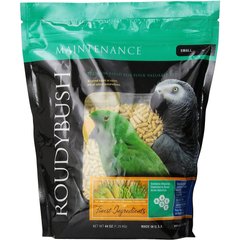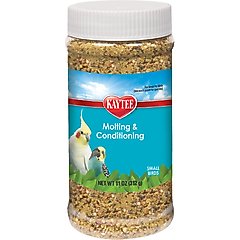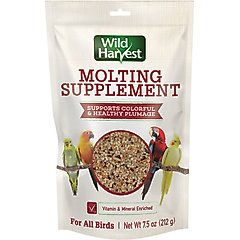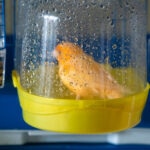Bird Feathers Guide: Anatomy, Types, and Care Guide
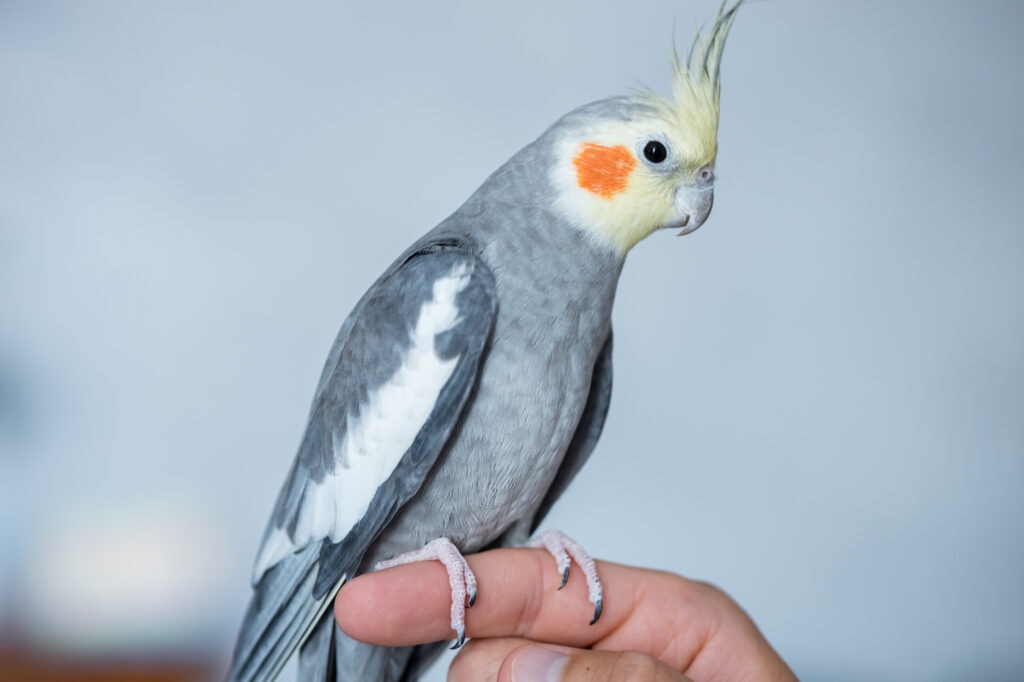
Photo by LENblR/ iStock / Getty Images Plus
A bird’s plumage refers to the collection of feathers that covers a bird’s body. The color and texture combine to give birds a unique look, insulation, the ability to fly, and other qualities. You can even read your bird’s body language by looking at the placement of their feathers.
So how much do you know about your bird’s plumage? From the different types of bird feathers to the structures that form them, let’s soar into the fascinating intricacies of bird feather anatomy.
Key Takeaways
- Bird feathers serve multiple purposes, including flight, insulation, protection, and communication.
- There are five main types of feathers: contour, semiplume, filoplume, down, and bristle, each with specific roles.
- Feathers grow from skin follicles and go through a life cycle that includes molting.
- Proper nutrition and cleanliness are crucial for maintaining healthy feathers in pet birds.
What Do Bird Feathers Do?
Bird feathers excel at meeting multiple needs, including:
- Enabling birds to fly
- Protecting birds from the elements, like wind and rain
- Protecting birds from minor abrasions
- Providing insulation from the cold and heat
- Serving as camouflage
- Helping with communication or courting
What Are the Parts of a Bird Feather?
The feathers you see consist of numerous structures:
- Calamus: The hollow base of the central shaft on the feather (aka quill); it’s bare and grows from a follicle in the skin.
- Rachis: The barb-flanked part of the central shaft above the calamus; it extends nearly to the tip of the feather.
- Barbs: Smaller, paired strands that branch off the central feather shaft.
- Barbules: Even smaller strands that branch off the barbs; these often interlock with end hooks (usually too tiny to see) to create a smooth edge—those that don’t are soft and downy.
- Smooth, flat, interlocked feathers are called pennaceous feathers. Free-form, downy feathers are called plumulaceous feathers.
- Vane: The entire flat area of barbs on either side of the rachis. It contains the barbs and barbules.
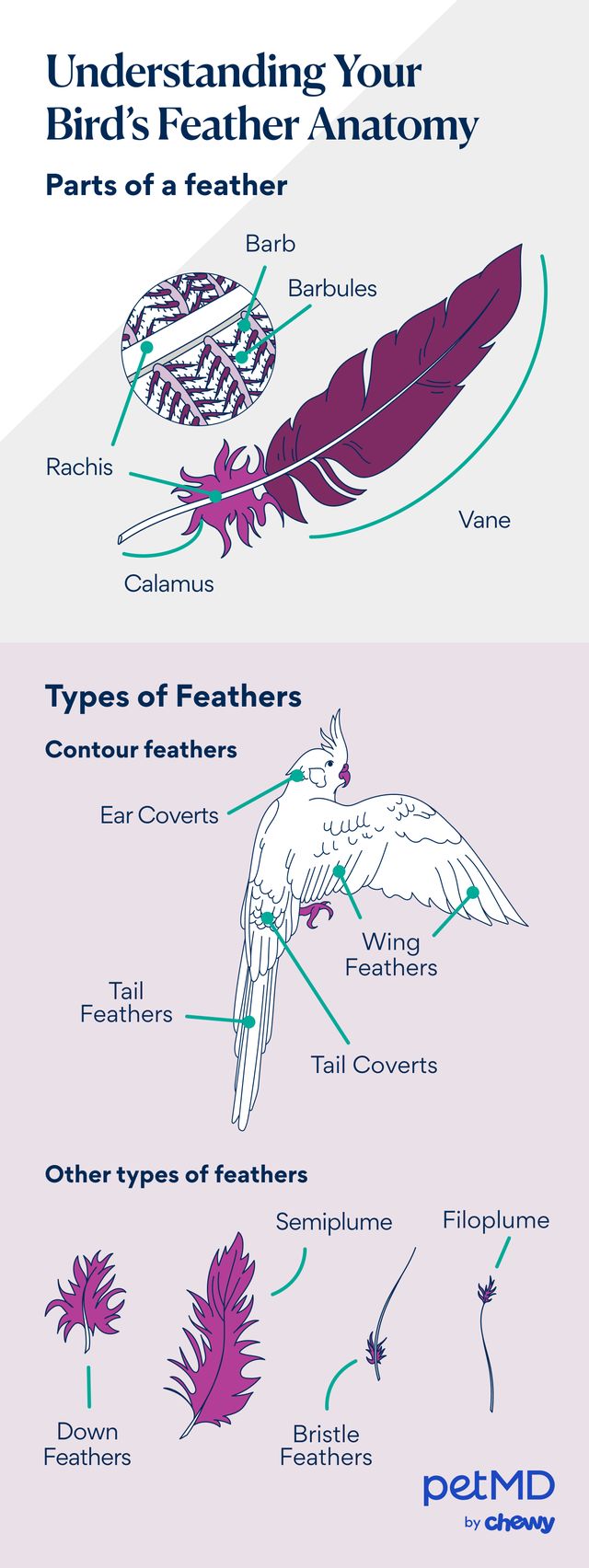
Photo by Chewy
What Are the Types of Bird Feathers?
Five main types of feathers give birds the ability to fly, communicate, court, camouflage, and insulate from weather.
1. Contour
Feathers that form a bird’s visible outer plumage are called contour feathers.
These include:
- Wing feathers (primaries, secondaries, tertials, and coverts)
- Tail feathers
- Tail coverts
- Ear coverts and other outer feathers on the bird that create an aerodynamic whole
Wing flight feathers (remiges) and tail flight feathers (rectrices) make up the flight feathers.
2. Semiplume
Semiplume feathers, as the name suggests, aren’t quite full plumes. Neither are they fully down. That’s because even though they have a rachis, the barbules don’t interlock with hooks.
They’re softer, are usually beneath other feathers, and they provide insulation—except for crests.
Crests are semiplume feathers on the head of some birds and are not hidden. Common pet bird species that have crests are cockatiels and cockatoos, both of which originate from Australia and nearby regions.
When it comes to caring for your bird’s feathers, it’s important to recognize that each pet bird is unique and to do your homework on your bird’s feather anatomy and molting.
3. Filoplume
Filoplume feathers can almost be thought of as “feelers.” They’re hairlike with only a few barbs at the end. They’re found randomly among the contour feathers to provide the bird with sensory information, such as movement and feather placement.
4. Down
Down feathers are short, soft feathers with virtually no rachis—just a calamus with some barbs that aren’t interlocked. They’re next to the skin to provide warmth and usually hidden from view.
5. Bristle
Most birds don’t have eyelashes, or they’re very small and sparse if they do. Bristle feathers make up for the absence of any eyelashes. They’re a stiff, hairlike strand with no barbs and usually grow on a bird’s head. These serve a protective function.
How Do Feathers in Birds Grow?
Feathers grow from follicles in the bird’s skin, like hair. The follicles form symmetrically in precise locations depending on the type of feather in order to contour properly, allow flight, and do all the things that feathers do.
As feather cells push outward from a follicle, a new feather rises in a tubular, protective sheath above the skin. The sheath is made of keratin and holds the tube shape as the feather matures.
A growing feather looks spiky and is sensitive, due to its healthy blood supply. As the feather ages, the blood supply gradually recedes and disappears once the feather stops growing. Finally, the sheath disintegrates and the bird grooms it away to reveal the flat feather shape we expect to see.
What Is Bird Molting?
Molting means the old feathers drop and new feathers grow to replace them. “All feathers have a turnover rate,” says Larry Nemetz, DVM, a veterinarian who has treated birds for more than 30 years at The BIRD Clinic in California, which he founded. “No feather stays there for life. They get old, and they start to deteriorate.”
How Long Does Bird Molting Last?
Molting usually lasts about six to 12 weeks, but this can vary by types of birds or individuals. The process usually occurs gradually so that only some feathers are lost at any one time.
If a bird lost all their feathers at once, they would lose their ability to fly and become more vulnerable to illness and injury. Molting is also symmetrical (if a bird loses a few feathers on one wing, they will lose the corresponding feathers on the other wing).
How Often Does Molting Occur?
Companion parrots with a day/night cycle similar to the outdoors have a major molt about once or twice a year.
But pet birds live in artificial light with cycles and light qualities that are drastically different from the light outdoors. Conditions like this can affect how molts occur.
So what does a normal molt look like for a companion bird? “The general rule I tell people is: If you see a bald patch on your bird, it’s abnormal,” Dr. Nemetz says.
He adds that if a bird looks unkempt, with the feathers not laying right or the bird looks fluffy, that’s also abnormal.
If you notice any bald patches, consult your avian veterinarian.
What Is a Blood Feather?
“Be proactive,” Dr. Nemetz says. “Have some coagulation powder and a first-aid kit.”
Steps to take for a bleeding blood feather, according to Dr. Nemetz:
- Stop the bleeding. Use a coagulation powder or a styptic powder. Be sure to remove any loose styptic powder so your bird doesn’t ingest any when grooming their feathers.
Recommended Product
- Put the bird someplace where they won’t flap their wings and reopen the wound. Dr. Nemetz has a handout on his website explaining how to make a hospital box for your bird.
- Monitor your bird. If bleeding restarts, contact your veterinarian.
- If you’re still concerned, make a regular appointment at your avian vet. With the bleeding stopped, you’re not in an emergency situation.
Broken blood feathers don’t happen a lot, Dr. Nemetz says. When they do occur, he says it’s usually because a bird was improperly wing-trimmed or from situations like cockatiels getting night frights.
Dr. Nemetz does not recommend automatically pulling out a broken blood feather. “That’s done case-by-case,” he says. Your avian veterinarian is best qualified to determine if that’s needed.
What Is Powder Down in Parrots?
Some species of birds produce a fine powder called powder down that’s used for grooming. Cockatiels, cockatoos, and African greys are popular companion birds that produce powder down. They’re sometimes called “dusty birds” because of it.
Powder down helps birds groom their feathers and waterproof them during cleaning. It comes from patches of specialized feathers near the skin that grow continuously, with the ends breaking off to make the powder.
While the powder aids the birds, it can cause problems for people with any sort of respiratory issue, including asthma or allergies. Dr. Nemetz says that people can have an allergy to a protein in the bird’s powder down feathers; skin dander (tiny flakes of skin); saliva remaining on the feathers from preening; or urine and fecal droppings.
In addition to “dusty birds,” all birds can create some dust as new feathers grow and the keratin sheath protecting the new feather gradually breaks up and falls away.
Prevent the dust from down feathers or keratin sheaths from getting airborne and filter it from the air by:
- Daily wiping of surfaces in and around the cage with a damp cloth or sponge (dry wiping can send dust into the air)
- Giving your birds regular baths
- Frequently vacuuming with a HEPA filter vacuum—especially around the cage and after daily changing of the liner
- Using an air purifier
Recommended Product
- Changing the furnace/air conditioning filter every month
- Any other measures to keep surfaces and the air clean
-
- It’s important to avoid the use of non-stick cookware, especially those that contain a Teflon coating.
- Avoid using the self-cleaning mode on ovens, as these may release fumes which are toxic to birds.
- When you are cooking, remove your pet bird from the kitchen or leave an open window or exhaust fan on when cooking.
Anyone with companion birds needs to consult their doctor and make their own decisions about keeping parrots if sharing their home with birds causes them health issues.
How To Take Care of Your Bird’s Feathers
For Dr. Nemetz, the most important thing you can do for your bird’s feathers is to offer good, balanced nutrition in your bird’s diet. “I’m a big fan of a pelleted diet,” he says.
Recommended Products
During times of stress, like molting, you may want to consider a molting supplement such as the Kaytee Forti-Diet Pro Health Molting & Conditioning Small Bird Supplement or the Wild Harvest Molting Bird Supplement.
Recommended Products
Always use caution when it comes to bird supplements, and work with your vet to determine which supplement works best for your bird.
Excess of fat-soluble vitamins (A, D, E, and K) can’t be excreted like water-soluble vitamins, and this can lead to potential toxicity.
Birds also need to clean their feathers, which they should do instinctively, but you can do things to encourage preening behavior like providing a bath or shower.
When it comes to caring for your bird’s feathers, it’s important to recognize that each pet bird is unique and to do your homework on your bird’s feather anatomy and molting. Always work with your vet to ensure you are providing the best care for your bird.
